7 Driver Fitting Mistakes To Avoid
James Hogg highlights the driver fitting mistakes golfers often make when going through the process. Take note to ensure you get the best driver for your game
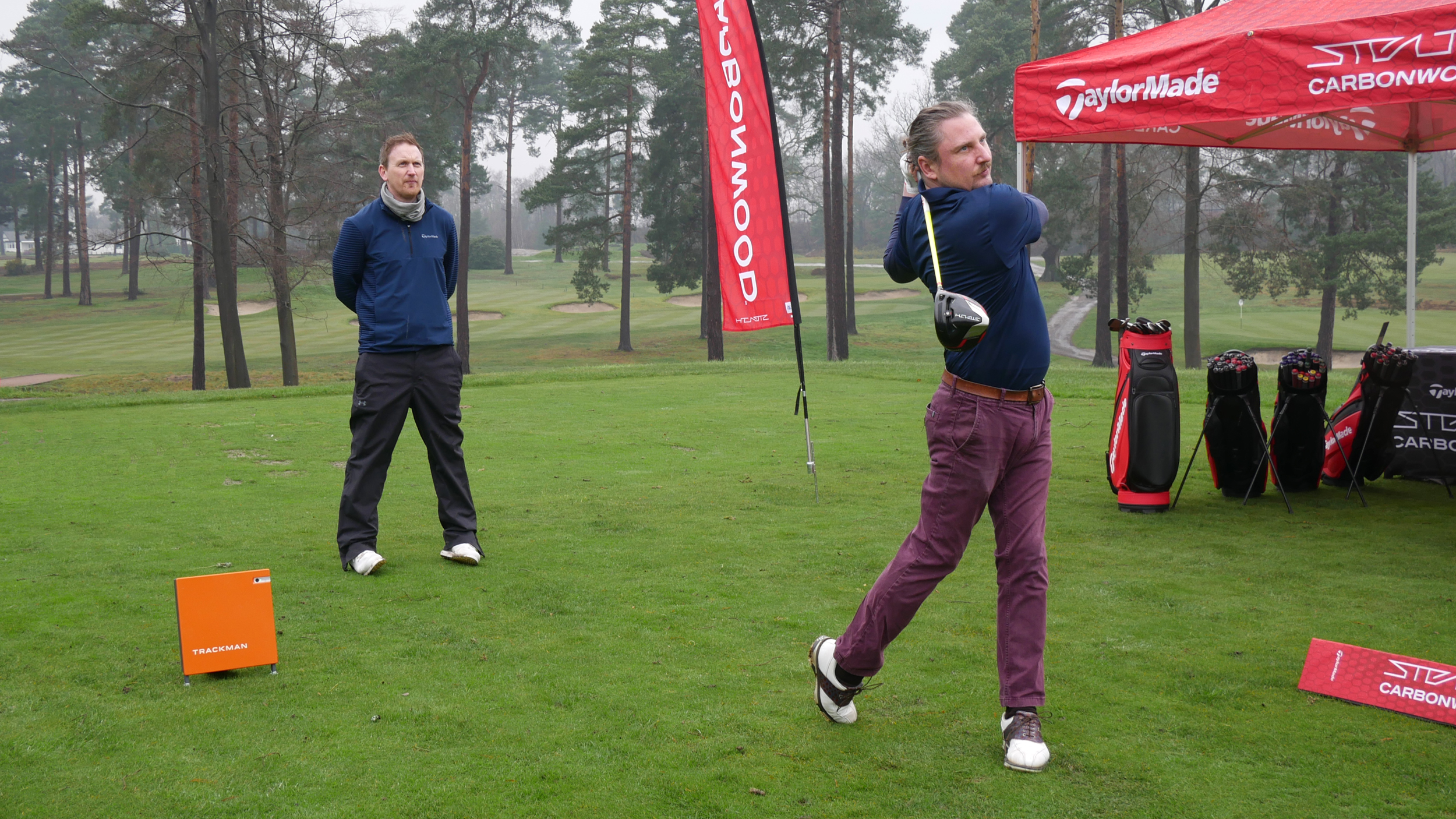

Joel Tadman
7 Driver Fitting Mistakes To Avoid
Custom fitting is viewed by so many golfers as a necessity before investing in a new club, therefore it is crucial to ensure you are getting the most from your fitting before you dive in and purchase your new driver. There are plenty of places to be fitted and plenty of ways of been fitted. Regardless of whether you have played golf since you were able to walk or if you have only recently taken the sport up, it is best to attend your fitting with a few pointers so you can make sure it is done in a way which suits you, and confirms you leave with the best golf driver for your game. Unsure if now is the right time? Read our advice on when to upgrade your driver and scroll to the bottom of the page to see today's best golf driver deals. If you decide to bite the bullet, here are seven mistakes every golfer should avoid making during their driver fitting.
1. Face tape
Face tape can be used for several reasons, mainly to highlight strike location. However, when it is being used it can distort the launch monitor numbers so be sure not to consult them when assessing a driver's performance. Using face tape often lowers distance and increases spin, which you don't really want to see happening with the driver. If face tape is used to protect a club and you are consulting numbers remember that distance would likely have been further without the tape and spin rates would tend to be lower. It is easier to avoid face tape if possible because it can change your opinion of a driver you may have gotten on well with.

2. Tour validation
Whatever driver you see your favourite player on tour gaming, perhaps Jon Rahm or Rory McIlroy, may not necessarily be the one you need to be playing. While the drivers used by tour players influence opinions, the ultimate aim is to find the club which best suits your game. Following advice, it could be the case the best driver for you is the same as the one you intended on purchasing having seen it being used by your favourite player. It is just as likely the best driver for you will be one you may not initially have thought of, although this should not put you off changing your mind if it is an improvement on your current driver. Brand is not everything.
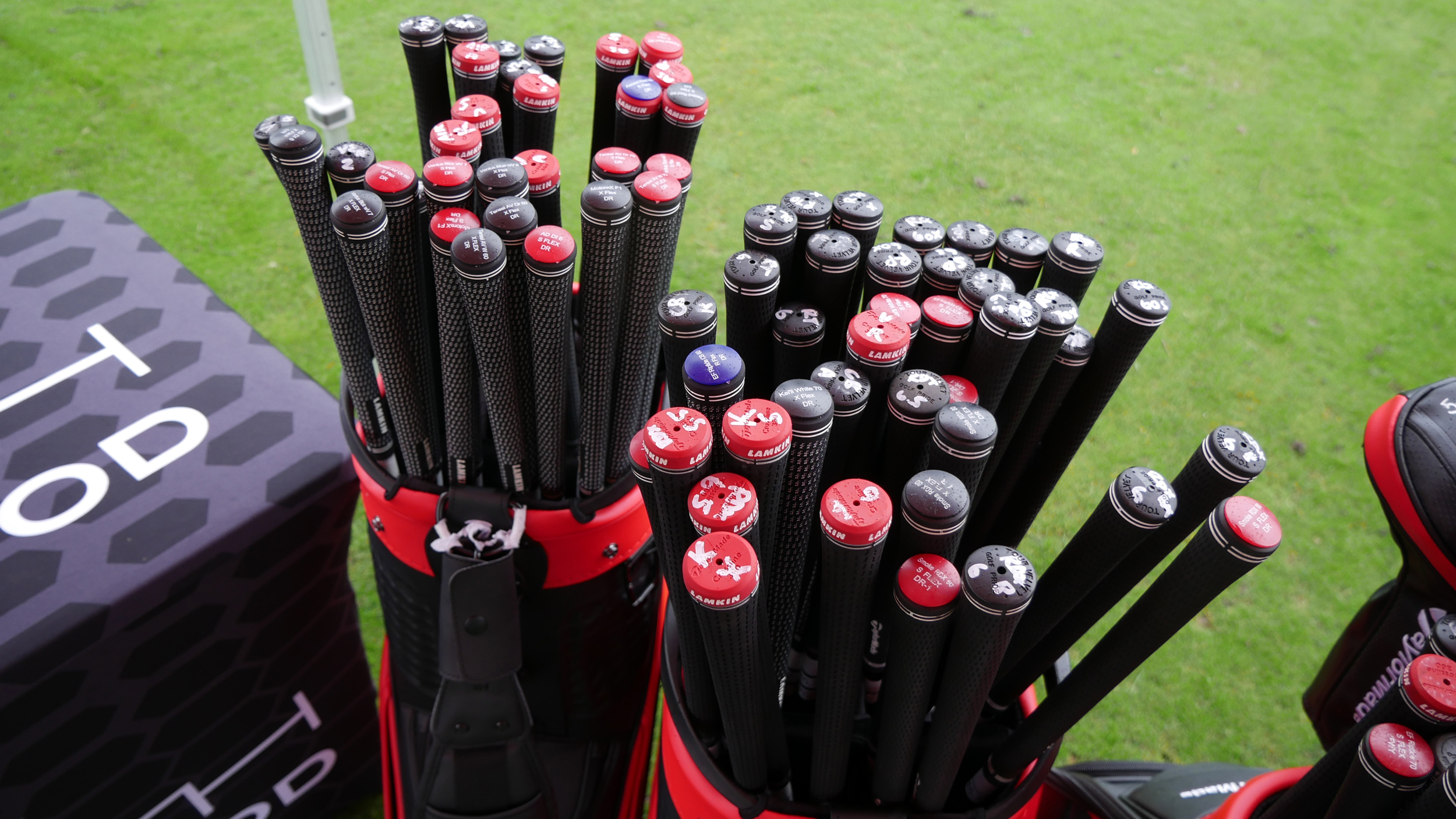
3. Shafts are important too
The aspect of the club most explored during a driver fitting is likely to be the head. However, it is just as important to spend as much time – if not longer – determining the best driver shaft. Golfers attending a driver fitting may carry out some research prior to their appointment but it is unlikely they will research shaft options. Flex is one aspect of the shaft most golfers are aware of but there are many more properties of a shaft which need to be appreciated in order to gain the most from a driver fitting, like torque and kick point. This is something your fitter should understand and accommodate throughout your fit.
4. One driver doesn’t fit all
There are many golfers who have a hit of their playing partners drivers and while it may influence their decision to consider buying a new big stick, it is important to remember that what works for your partner won’t always work for you. There are plenty of options to choose from and if a driver someone else has does not work for you it does not mean that there isn’t a driver out there for you, it simply means you need something different to what they have. It is extremely unlikely to find two golfers with exactly the same make, model and spec in their fully-optimised driver.
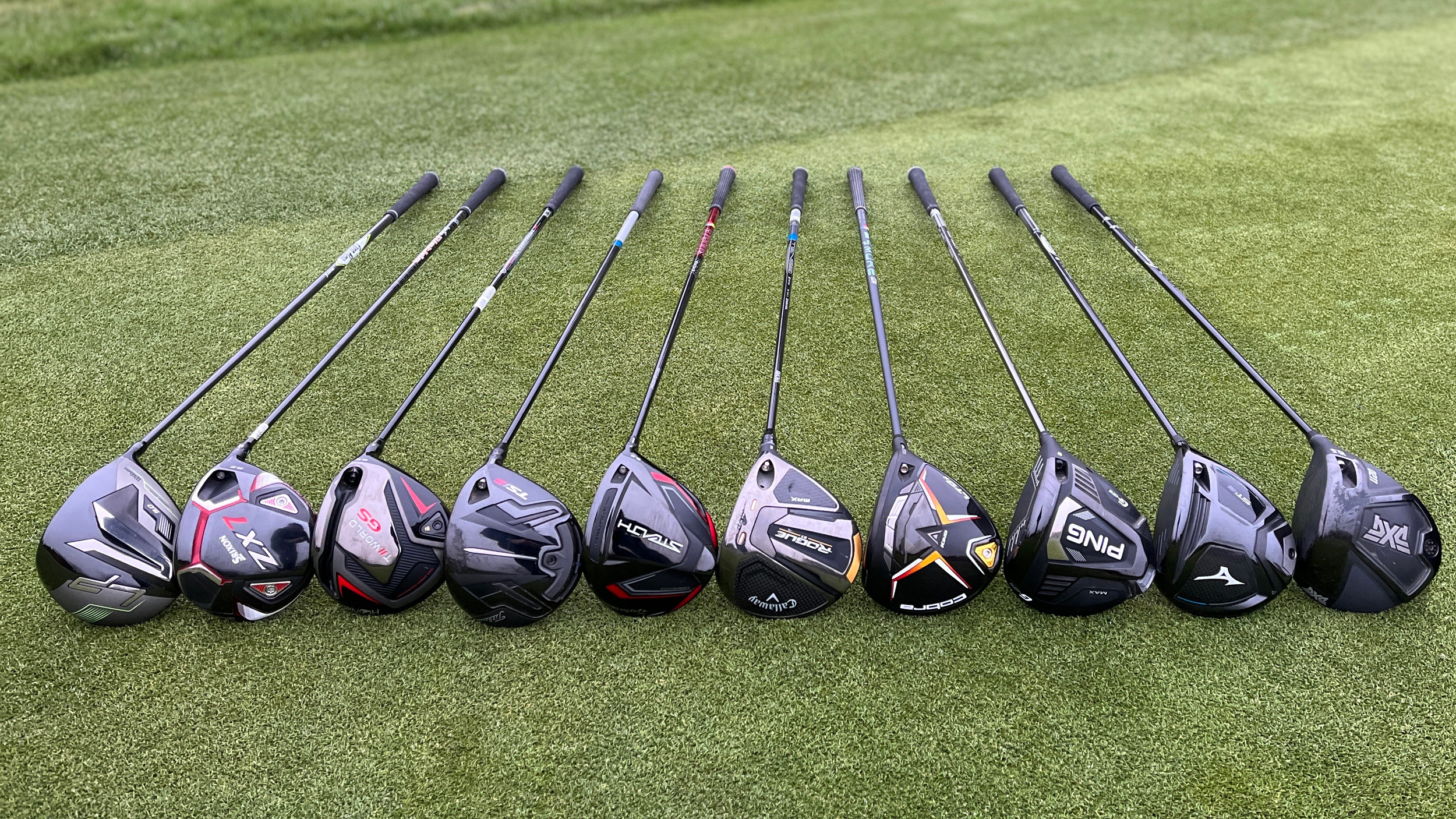
5. Distance isn't everything
For most golfers attending a driver fitting the main focus will be to gain distance on their current driver. However, next time you attend a driver fitting do not only ask your fitter how far the ball is going, quiz them on spin rates, launch angle and dispersion. While hitting the ball long off the tee is a plus you are better off being 230 yards down the hole in the fairway with a forgiving driver than 250 yards down with the best golf drivers for distance but in the trees.
Get the Golf Monthly Newsletter
Subscribe to the Golf Monthly newsletter to stay up to date with all the latest tour news, equipment news, reviews, head-to-heads and buyer’s guides from our team of experienced experts.
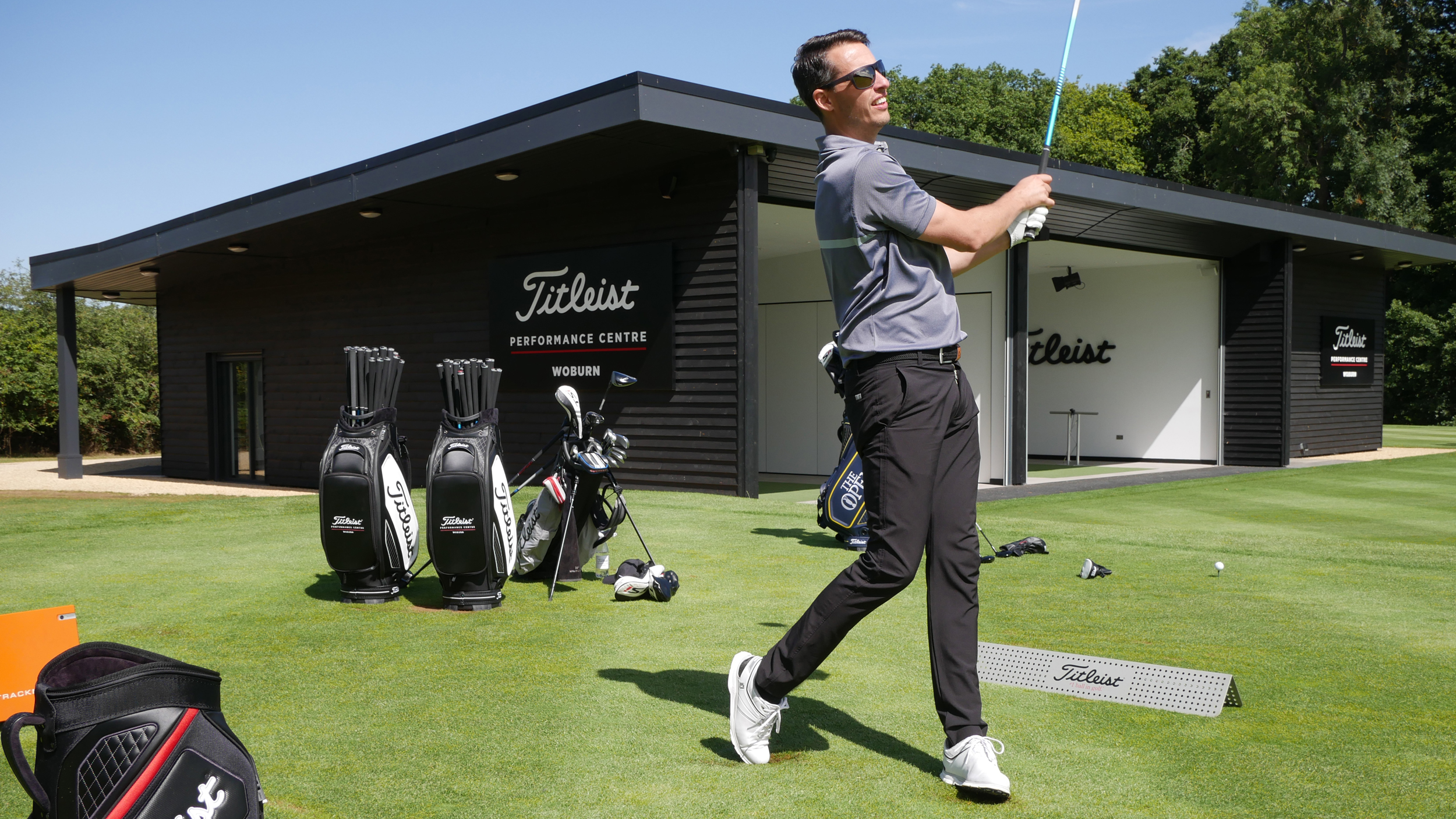
6. Settling for the first club that works
The driver market is extremely competitive and there seems to be an infinite number of combinations of heads and shafts for all manufacturers. Everyday golfers may not be aware of the number of possibilities available but your fitter should be and it is important to make sure they explore numerous options so you know you are going to find the best option possible for you. While the first driver you try in your fitting may outperform your current driver, always remember if one club is capable of this chances are many others can too. Also, try not to go into the fitting with any preconceptions around what a driver can do or which one you think you'll prefer. Instead, enter the fitting with a completely open mind.
7. Swinging Too Hard
During a driver fitting it is extremely easy for golfers to swing too fast and too hard, which can produce numbers unlike those seen when swinging on the course. With there being no consequences for a mishit or a shot which would normally be followed with a shout of 'Fore', swings during a fitting can be much more erratic than those on the course. Therefore, it is important to remember to swing as normally as possible to give your fitter the best representation of your actual swing in order for them to fit you correctly and help improve your game off the tee.
James joins the Golf Monthly team as a freelance equipment writer. He has a degree in English Language from Newcastle University and, most recently, an MA in Journalism from Kingston University, London, along with an NCTJ Diploma. James plays his golf in the North East of England where he enjoys playing links courses and fits golfers on a daily basis at a well-known UK retailer. While no other member of his family play golf or ever have, James developed a strong passion for the game in his teenage years and now plays off a 6.3 handicap index. James' What's In The Bag? Driver: Callaway Mavrik Sub Zero, 9° Fairway Wood: Callaway Mavrik Sub Zero, 15° Utility: Taylormade Stealth UDI, 3 (20°) Irons: Ping i210, 4-PW Wedges: Cleveland RTX Zipcore, 52° & 58° Putter: Nike Method Core MC-3i Ball: TaylorMade Tour Response
- Joel TadmanDeputy Editor
-
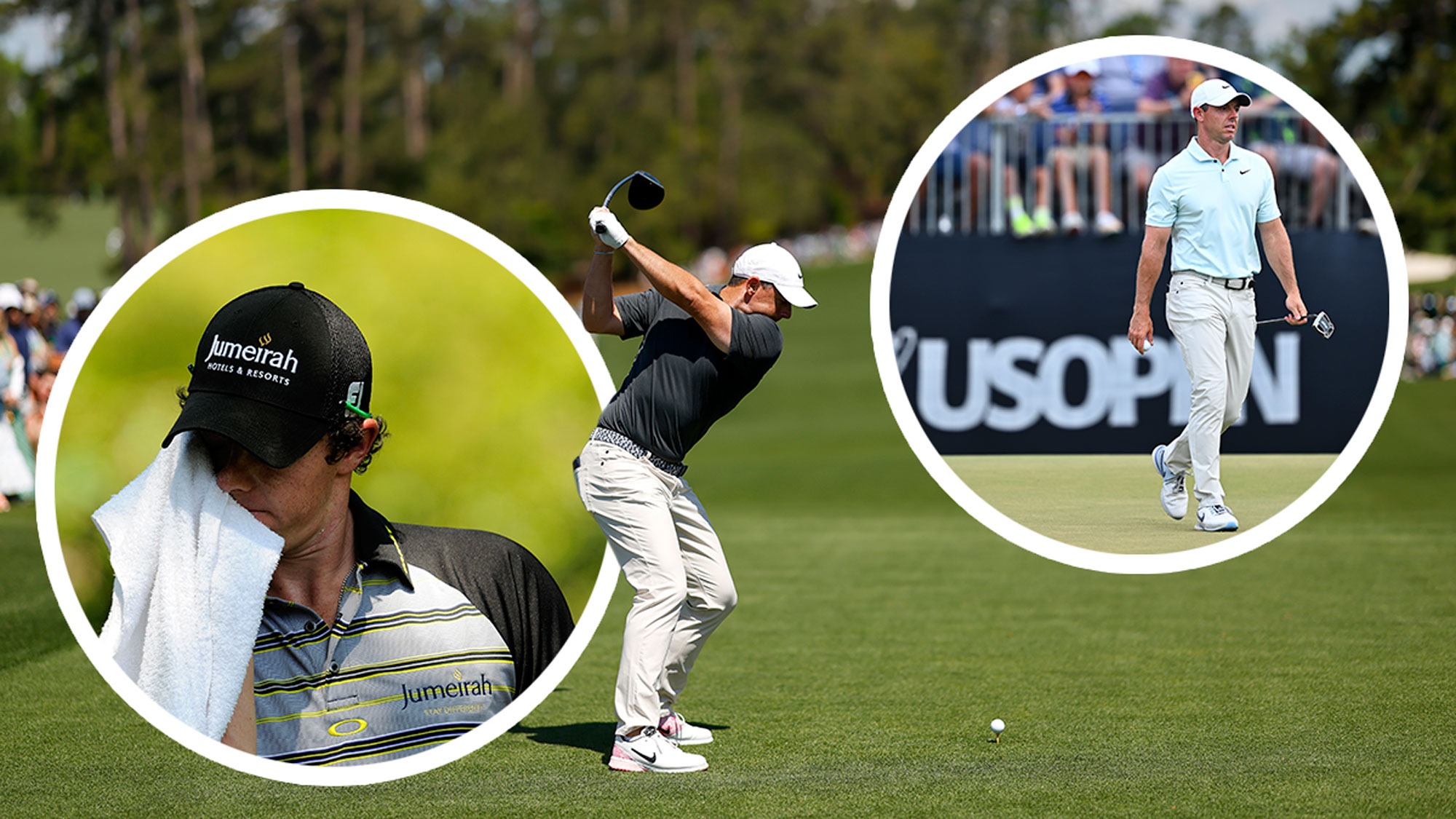 Would A Rory McIlroy Implosion At The Masters Be His Worst Defeat Ever?
Would A Rory McIlroy Implosion At The Masters Be His Worst Defeat Ever?Rory McIlroy stormed into the lead with a record breaking front nine on Saturday at Augusta National, but his turbulence in Major Championships makes me nervous
By Barry Plummer Published
-
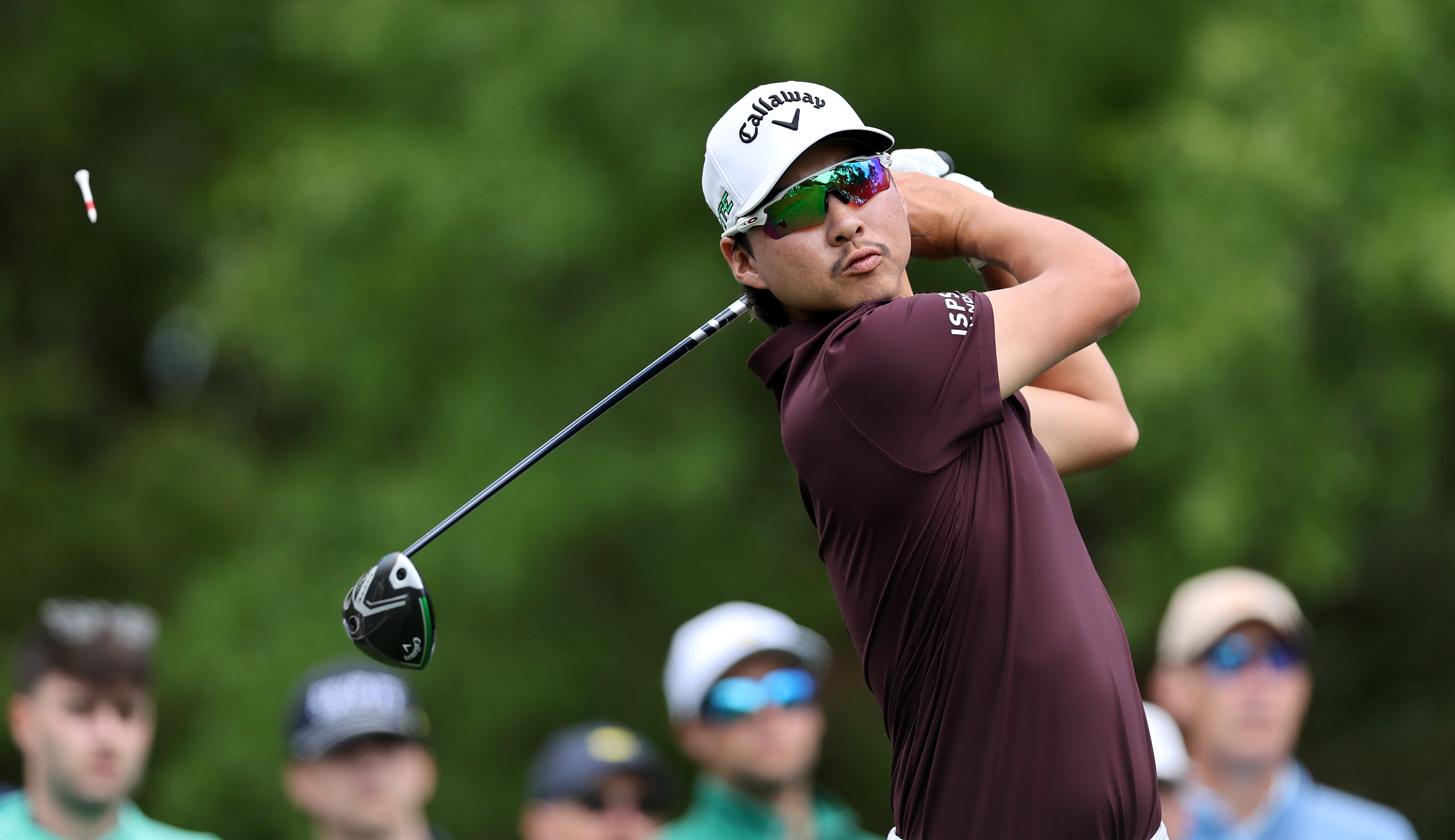 Min Woo Lee Receives Penalty At The Masters After Rules Infringement
Min Woo Lee Receives Penalty At The Masters After Rules InfringementThe recent PGA Tour winner was assessed a one-stroke penalty during the third round after he caused his golf ball to move in the fairway on the 13th hole
By Matt Cradock Published